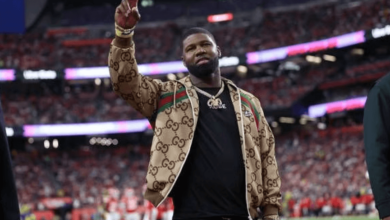1414790156 Relationship Between Call Duration and Response

The relationship between call duration and response time is a crucial factor in assessing communication effectiveness. Longer calls may indicate complexities in issues being discussed, while shorter calls typically reflect clarity and promptness. However, finding the right balance between extended conversations and concise exchanges remains essential. This dynamic raises questions about the underlying factors influencing communication patterns and their implications for productivity. Further exploration could reveal insights into optimizing these interactions.
Understanding Call Duration
Call duration serves as a critical metric in assessing communication effectiveness within various contexts, particularly in customer service and telecommunication industries.
Analyzing call metrics reveals insights into conversation flow, highlighting the balance between efficiency and comprehensiveness. Extended durations may indicate complex issues or inadequate training, while shorter calls could signify efficiency or unresolved problems.
Understanding these dynamics is essential for optimizing communication strategies.
Impact of Response Time on Communication
How does response time influence the quality of communication?
Response efficiency directly affects communication clarity; prompt responses facilitate understanding and engagement, while delays can result in confusion and misinterpretation.
Quick feedback encourages an open exchange of ideas, enhancing the overall dialogue.
Conversely, prolonged response times may hinder effective communication, leading to frustration and reduced interaction quality.
Thus, timeliness is crucial in communication dynamics.
The Balance Between Length and Brevity
While effective communication often hinges on the exchange of ideas, the balance between length and brevity plays a critical role in maintaining engagement and comprehension.
Lengthy conversations can lead to disengagement, while concise exchanges facilitate clarity.
Striking this balance ensures that essential information is conveyed without overwhelming the audience, ultimately fostering a more productive dialogue and enhancing overall communication effectiveness.
Strategies for Effective Communication
Effective communication relies on a variety of strategies that enhance interaction and understanding.
Key techniques include active listening, which fosters a deeper connection, and empathy building, essential for appreciating diverse perspectives.
By prioritizing these strategies, individuals can facilitate more meaningful exchanges, ultimately leading to improved responses.
This approach not only elevates dialogue but also promotes a sense of freedom in personal expression.
Conclusion
In conclusion, the interplay between call duration and response time is crucial for effective communication. While lengthy calls may uncover deeper issues, shorter interactions can promote clarity and efficiency. Striking the right balance is essential; thus, one must consider whether extended discussions truly enhance understanding or merely prolong uncertainty. By employing targeted strategies for communication, individuals can optimize both call duration and response time, ultimately fostering a more productive exchange of information.





